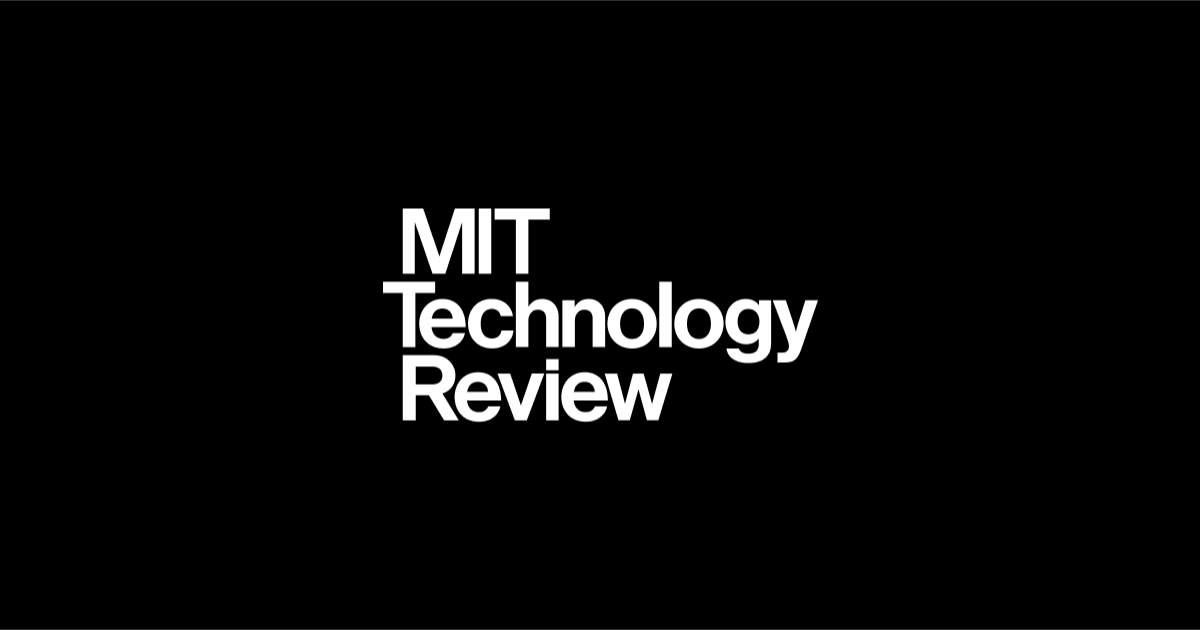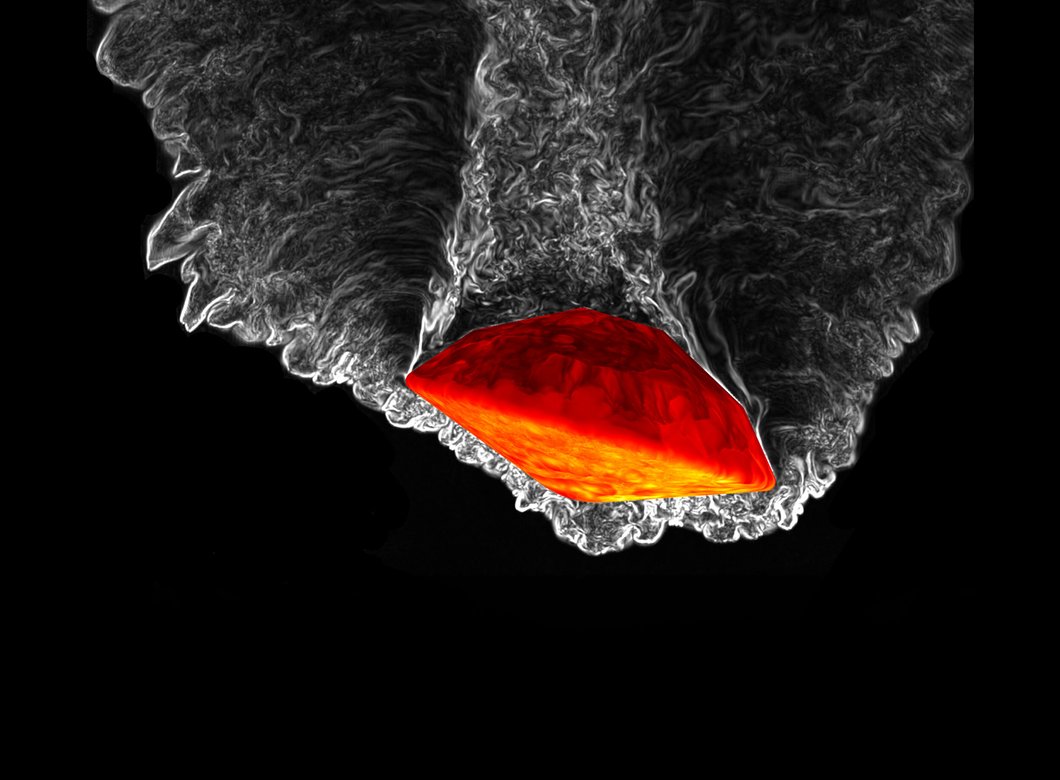Eaton Fire Insights: Turning Crisis Failures into Business Resilience
In January 2024, the Eaton Fire in Altadena exposed critical gaps in emergency alerts and opened the door to rampant misinformation on platforms like X (formerly Twitter), TikTok, Facebook, and Nextdoor. From warnings arriving up to nine hours late to fraudulent GoFundMe campaigns raising over $50,000, the operational, safety, and liability stakes skyrocketed for local governments, residents, and corporate stakeholders. For enterprise leaders, this incident isn’t just a local emergency—it’s a crystal-clear preview of how climate-driven crises can strain communications infrastructure, erode brand trust, and spike insurance costs.
Why Executive Teams Must Act Now
- Duty of Care & Operational Continuity: LA County Fire Chief Kenton Carroll admitted, “Our single-channel alert system failed thousands of residents.” Nine hours elapsed before many received evacuation notices, delaying shutdowns at multiple manufacturing sites and causing over $3M in lost production.
- Brand & Reputation Risk: On TikTok and Facebook, AI-generated images showed “wildfire fronts” encroaching on downtown Pasadena—false visuals that triggered panic buying and a 15% surge in customer service calls for utility outage rumors.
- Liability & Insurance Exposure: State Farm and Allstate responded by pausing new policies in high-risk zip codes and boosting premiums by up to 20%. Regulators from the FCC have now mandated Wireless Emergency Alerts (WEA) upgrades, and the EU’s Digital Services Act requires platforms to remove crisis misinformation within 24 hours.
Detailed Timeline & Impact
- Jan 12, 6:30 PM: Cal Fire issues initial report of Eaton Fire near Angeles National Forest.
- Jan 12, 8:00 PM: LA County Fire activates local sirens and SMS alerts—only 40% delivery rate due to single-channel overload.
- Jan 13, 2:00 AM: Nextdoor posts evacuation map but without geofencing; residents outside designated areas panic.
- Jan 13, 4:00 PM: Federal IPAWS/Wireless Emergency Alert finally pushes to cell broadcasts—9 hours late for many.
- Jan 14: A Facebook fundraiser surfaces, claiming $100,000 needed for “evacuation supplies,” later found to be a scam netting $52,000 before removal.
Market Landscape & Shifting Dynamics
These failures align with wider trends: insurers withdrawing from wildfire-prone regions, regulators tightening compliance, and advertisers pulling spend from platforms overwhelmed by conspiracy narratives. Companies that embed redundant, verifiable alerts and data-driven rumor control will not only meet regulatory demands but also differentiate their brand as leaders in crisis resilience.

Strategic Recommendations
1. Build a Multichannel Alert Stack
- Use SMS, cell broadcast, email, voice, satellite text, and community radio to ensure 99.9% reach.
- Localize messages in top five languages for your workforce and client base.
- Conduct quarterly timed drills with real geofencing and service-outage simulations.
2. Implement a “Single Source of Truth” Crisis Hub
- Host pre-approved templates and apply C2PA content credentials for every update.
- Integrate geotagging and timestamping so recipients verify authenticity instantly.
3. Monitor & Counter Misinformation
- Deploy real-time social listening on X, TikTok, Facebook, and Nextdoor to spot rumor spikes.
- Coordinate with LA County Fire, Cal Fire, and local NGOs to publish rumor-control pages.
- Engage a dedicated rapid-response team to request takedowns within platform SLAs (e.g., 24 hours under EU DSA).
4. Integrate Parametric Triggers for Faster Recovery
- Partner with insurers to negotiate parametric coverages tied to fire-radius telemetry and wind speed data.
- Instrument critical facilities with verified sensors to accelerate claims and reduce adjustment costs by up to 30%.
5. Strengthen Community Partnerships
- Formalize agreements with schools, faith groups, and NGOs for last-mile alerts and aid distribution.
- Run biannual joint exercises to build trust and refine evacuation logistics.
Case Study in Success
After adopting a similar framework, a West Coast utility cut wildfire-response times by 60%, slashed fraudulent claims by 45%, and earned a regulator commendation. Their CFO reported saving $2.5M in premium hikes and operational losses in one fire season.
Next Steps & Call to Action
Don’t wait for the next crisis to test your systems. Schedule your Enterprise Crisis Resilience Audit with Codolie today. Our experts will:

- Evaluate your current alert infrastructure and data integrity controls.
- Design a tailored multichannel notification and misinformation defense plan.
- Assist with insurer negotiations to embed parametric triggers and reduce premium volatility.
Contact Codolie to secure continuity, protect your people, and preserve brand trust in an unpredictable climate era.

Sources: MIT Technology Review reporting on the Eaton Fire; LA County Fire press statements; Cal Fire incident logs; FCC and EU Digital Services Act guidelines.
Leave a Reply